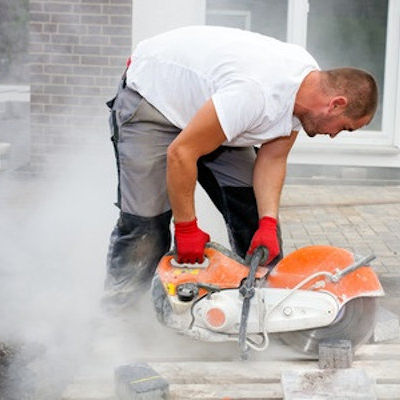Forms of Hazardous Chemicals
You might think the chemicals which apply to the rule are those in liquid, gas, or solid form. However, the standard's definition of a "chemical" is much broader than that commonly used. According to the HCS, chemicals that apply may exist in one of many forms:
- Dusts: Finely divided particles (Example - wood dust)

- Fumes: Even smaller particles usually formed when solid metal is heated and vaporized, and then condenses as tiny particles
- Fibers: Similar to dusts but are of elongated shape (Examples - asbestos and fiberglass)
- Mists: Liquid droplets that have been sprayed into the atmosphere
- Vapors: Gases formed when a liquid evaporates
- Gases: Substances that are normally airborne at room temperature. A vapor is the gaseous phase of a substance which is a normally a liquid or solid at room temperature
- Solids: Such as metal, treated wood, plastic
- Liquids: The most common form in the workplace
See the list of toxic and reactive highly hazardous chemicals in 1910.119, Appendix A.
Knowledge Check Choose the best answer for the question.
1-6. In the context of the Hazard Communication Standard (HCS), how do fibers differ from dusts?
You forgot to answer the question!
